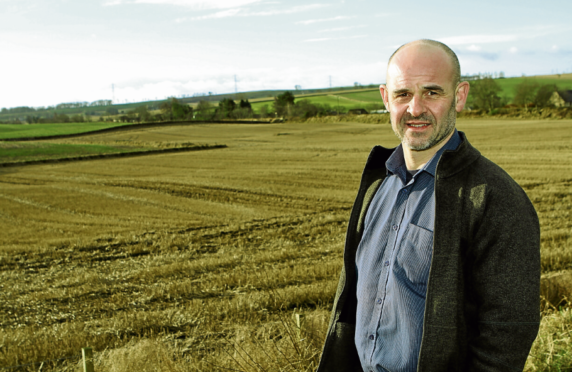Scottish science is leading the way with the creation of a single point of contact offering access to a network of knowledge, expertise and practical advice in the event of any major threat to the country’s plant health, it was claimed yesterday.
Offering such an early warning and rapid response facility, the idea behind Scotland’s new virtual Centre of Expertise in Plant Health, launched only six weeks ago, was outlined at a meeting of the Scottish Society of Crop Research.
Professor Ian Toth, of the James Hutton Research Institute who also serves as director of the new centre, said that there were over a thousand pests and diseases on the UK plant health risk register identified as posing a possible threat to the country’s arable crops, trees, horticulture and wild plants.
“This makes it vital to adopt a co-ordinated approach across sectors to monitoring plant diseases, as well as helping stakeholders understand how to improve their own plant health capabilities,” Prof Toth told the meeting held at the institute’s Invergowrie site.
Set up with funding from the Scottish Government of £600,000 – top-sliced from other research budgets – he said the Plant Health Centre would deliver science and evidence on the range of threats to the administration, and provide access to a network of specialist advice and practical skills.
Disease forecasting and ensuring speedy access to effective treatment and control of disease would also fall under the centre’s remit.
“So we are looking at strengthening surveillance monitoring and emergency responses to key pathogen threats,” said Prof Toth.
Half the budget would be utilised to commission research into specific areas identified as being of particular threat.
He said that it was important to connect all sectors involved in the area – and while the centre was split into specialist areas covering forestry, agriculture, environment and horticulture, the focus would be on bringing together and sharing information and approaches from across these branches.
While the facility is headed up by the James Hutton Institute, he said that sector leads from Scotland’s Rural College (agriculture), Royal Botanic Garden Edinburgh (horticulture and environment) and Forest Research (forestry), together with partners from the universities of Edinburgh, Stirling and Strathclyde, Centre for Ecology and Hydrology and Biomathematics and Statistics Scotland (BioSS), would all feed into the centre’s range of skills from understanding public perceptions to long-term disease forecasting.
“Of all potential threats to the UK, the centre will focus on those of highest risk to Scotland, taking into account our climate and the plants of most importance to our economy and social wellbeing,” said the professor.
